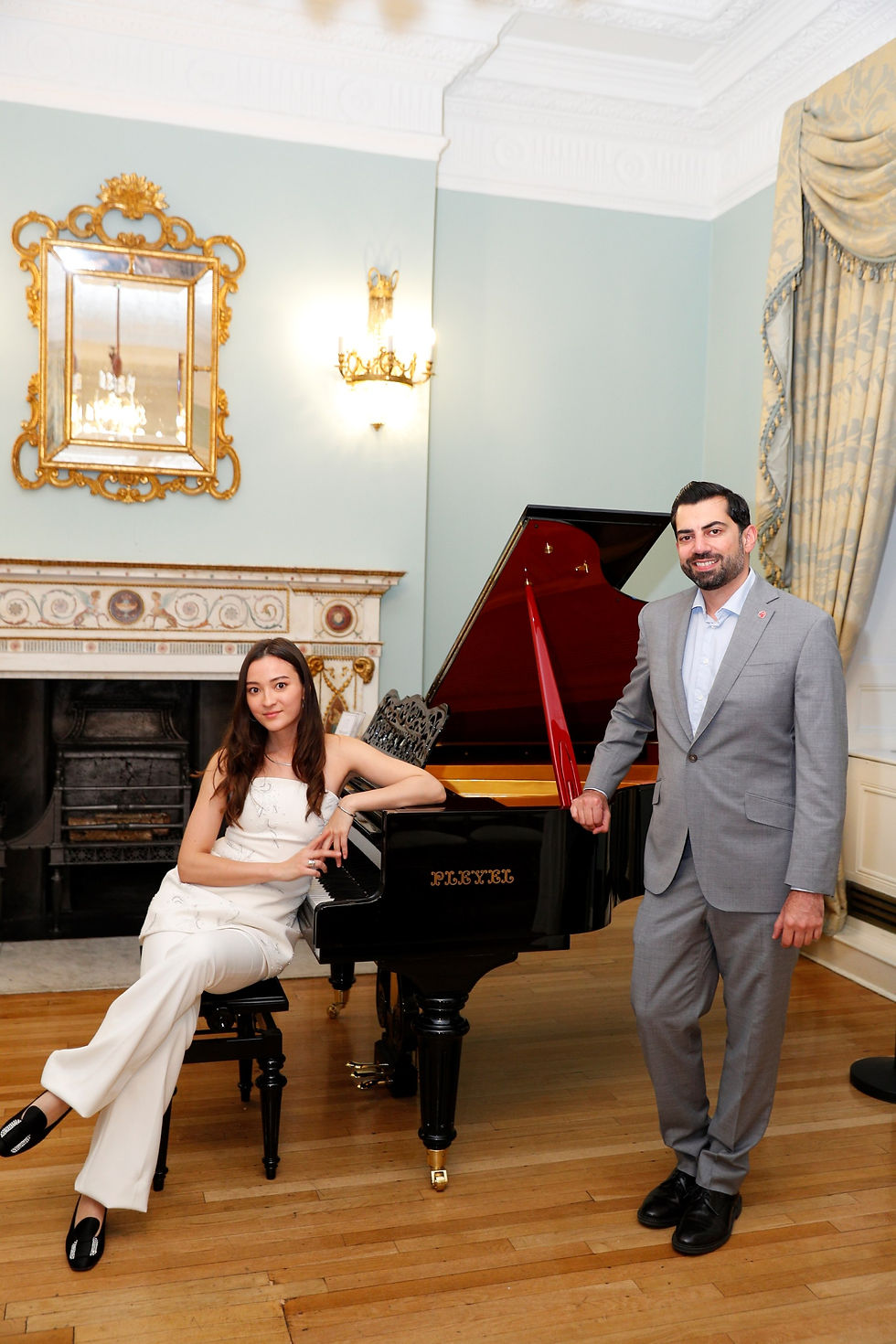The Pleyel Tone
- Grand Passion Pianos
- Apr 6, 2017
- 2 min read
The Pleyels we rebuild are from the early twentieth century. The sound of the early twentieth century Pleyel piano is best described as bright and dark. It is a cross between a Bosendorfer and a Bechstein, whilst, in our opinion, exceeding either make in terms of beauty of tone. That the Pleyel should sound like a hybrid of these two other well-known makes may be no coincidence – the founder of Pleyel was an Austrian immigrant to Paris and Friedrich Wilhelm Carl Bechstein studied piano building with the Pleyel firm for two years before later founding C. Bechstein Pianofortefabrik.
Pleyel pianos are designed very differently to pianos following the Steinway school, where duplex scaling is central to tone character. Whereas Steinway added harmonic sound to the treble of their pianos by the introduction of front and rear duplex scaling, Pleyel chose to do the opposite. The unstruck lengths of string on a Pleyel are heavily muted to emphasise the fundamental tone. This results in a distinguishing clarity in music played on the Pleyel with all of the lines of the music clearly discernible. The treble of the Pleyel is notable in producing a sparkling, vibrant tone.

The bass of Pleyel pianos is very well integrated into the overall tonal character of the piano. There is no boom or incongruent volume or timbre change in a Pleyel bass, again due in large part to the good design of the instrument. The bass strings were scaled to emphasise the fundamental of the note with a minimum of harmonics. The soundboard was floating at the rear left of the piano to enhance bass resonance. When we rebuild our Pleyel pianos we develop the Pleyel design further by using a new type of bass string which is nickel coated.

Chopin preferred the Pleyel piano to all other makes on account of its malleable and dark tone. He stated that “Pleyel pianos are the ‘last word’ in perfection” and rarely played on other makes, even transporting Pleyel pianos to England for the final tours of his life in 1848.
Although the Pleyel pianos we offer date from much later than Chopin-era Pleyels, the Pleyel firm never lost touch with the unique connection between Pleyel pianos and the greatest composer of all time for the piano. So when the Pleyel piano was modernised and increased in volume in the late nineteenth century the head of Pleyel at the time (Auguste Wolff) expressed the constant need to “increase volume without sacrificing sweetness” – this was a reference to retaining the tonal identity of the instrument as Pleyel pianos fully modernised. And so, the influence of the “Pleyel tone” on Romantic piano music cannot be overstated. When playing on one of our early twentieth century Pleyel you will experience a direct tonal connection with Chopin and the great Romantics which simply cannot be achieved on other pianos.
You can listen to several recordings of our rebuilt Pleyel pianos here: https://www.grandpassionpianos.co.uk/buy-1







Comments